1. Chiossone L, Dumas PY, Vienne M, Vivier E. 2018; Natural killer cells and other innate lymphoid cells in cancer. Nat Rev Immunol. 18:671–88. DOI:
10.1038/s41577-018-0061-z. PMID:
30209347.

2. Prager I, Watzl C. 2019; Mechanisms of natural killer cell-mediated cellular cytotoxicity. J Leukoc Biol. 105:1319–29. DOI:
10.1002/JLB.MR0718-269R. PMID:
31107565.

6. Suen WC, Lee WYW, Leung KT, Pan XH, Li G. 2018; Natural killer cell-based cancer immunotherapy: a review on 10 years completed clinical trials. Cancer Invest. 36:431–57. DOI:
10.1080/07357907.2018.1515315. PMID:
30325244.

9. Cicuttini FM, Martin M, Petrie HT, Boyd AW. 1993; A novel population of natural killer progenitor cells isolated from human umbilical cord blood. J Immunol. 151:29–37. PMID:
7686936.
10. Fujisaki H, Kakuda H, Shimasaki N, Imai C, Ma J, Lockey T, et al. 2009; Expansion of highly cytotoxic human natural killer cells for cancer cell therapy. Cancer Res. 69:4010–7. DOI:
10.1158/0008-5472.CAN-08-3712. PMID:
19383914. PMCID:
PMC2716664.

11. Denman CJ, Senyukov VV, Somanchi SS, Phatarpekar PV, Kopp LM, Johnson JL, et al. 2012; Membrane-bound IL-21 promotes sustained ex vivo proliferation of human natural killer cells. PLoS One. 7:e30264. DOI:
10.1371/journal.pone.0030264. PMID:
22279576. PMCID:
PMC3261192.

12. Kweon S, Phan MT, Chun S, Yu HB, Kim J, Kim S, et al. 2019; Expansion of human NK cells using K562 cells expressing OX40 ligand and short exposure to IL-21. Front Immunol. 10:879. DOI:
10.3389/fimmu.2019.00879. PMID:
31105701. PMCID:
PMC6491902.

13. Thangaraj JL, Phan MT, Kweon SH, Kim J, Lee JM, Hwang I, et al. 2022; Expansion of cytotoxic natural killer cells in multiple myeloma patients using K562 cells expressing OX40 ligand and membrane-bound IL-18 and IL-21. Cancer Immunol Immunother. 71:613–25. DOI:
10.1007/s00262-021-02982-9. PMID:
34282497.

14. Moseman JE, Foltz JA, Sorathia K, Heipertz EL, Lee DA. 2020; Evaluation of serum-free media formulations in feeder cell-stimulated expansion of natural killer cells. Cytotherapy. 22:322–8. DOI:
10.1016/j.jcyt.2020.02.002. PMID:
32278551.

15. Pierson BA, McGlave PB, Hu WS, Miller JS. 1995; Natural killer cell proliferation is dependent on human serum and markedly increased utilizing an enriched supplemented basal medium. J Hematother. 4:149–58. DOI:
10.1089/scd.1.1995.4.149. PMID:
7551914.

16. Yang Y, Badeti S, Tseng HC, Ma MT, Liu T, Jiang JG, et al. 2020; Superior expansion and cytotoxicity of human primary NK and CAR-NK cells from various sources via enriched metabolic pathways. Mol Ther Methods Clin Dev. 18:428–45. DOI:
10.1016/j.omtm.2020.06.014. PMID:
32695845. PMCID:
PMC7364029.

17. Kim SE, Kim HM, Doh J. 2019; Single cell arrays of hematological cancer cells for assessment of lymphocyte cytotoxicity dynamics, serial killing, and extracellular molecules. Lab Chip. 19:2009–18. DOI:
10.1039/C9LC00133F. PMID:
31065640.

18. Li Y, Huang K, Liu L, Qu Y, Huang Y, Wu Y, et al. 2019; Effects of complement and serum IgG on rituximab-dependent natural killer cell-mediated cytotoxicity against Raji cells. Oncol Lett. 17:339–47. DOI:
10.3892/ol.2018.9630. PMID:
30655772. PMCID:
PMC6313095.

19. Vuletić A, Jovanić I, Jurišić V, Milovanović Z, Nikolić S, Spurnić I, et al. 2020; IL-2 and IL-15 induced NKG2D, CD158a and CD158b expression on T, NKT- like and NK cell lymphocyte subsets from regional lymph nodes of melanoma patients. Pathol Oncol Res. 26:223–31. DOI:
10.1007/s12253-018-0444-2. PMID:
29948616.

20. Vuletić AM, Jovanić IP, Jurišić VB, Milovanović ZM, Nikolić SS, Tanić NT, et al. 2015; In-vitro activation of natural killer cells from regional lymph nodes of melanoma patients with interleukin-2 and interleukin-15. Melanoma Res. 25:22–34. DOI:
10.1097/CMR.0000000000000126. PMID:
25380182.

21. Medvec AR, Ecker C, Kong H, Winters EA, Glover J, Varela-Rohena A, et al. 2018; Improved expansion and in vivo function of patient T cells by a serum-free medium. Mol Ther Methods Clin Dev. 8:65–74. DOI:
10.1016/j.omtm.2017.11.001. PMID:
29687031. PMCID:
PMC5907749.

22. Oeller M, Laner-Plamberger S, Krisch L, Rohde E, Strunk D, Schallmoser K. 2021; Human platelet lysate for good manufacturing practice-compliant cell production. Int J Mol Sci. 22:5178. DOI:
10.3390/ijms22105178. PMID:
34068404. PMCID:
PMC8153614.

23. Ruggeri F, Zhang F, Lind T, Bruce ED, Lau BL, Cárdenas M. 2013; Non-specific interactions between soluble and induce irreversible changes in the properties of bilayers. Soft Matter. 9:4219–26. DOI:
10.1039/C3SM27769K. PMID:
25419552.

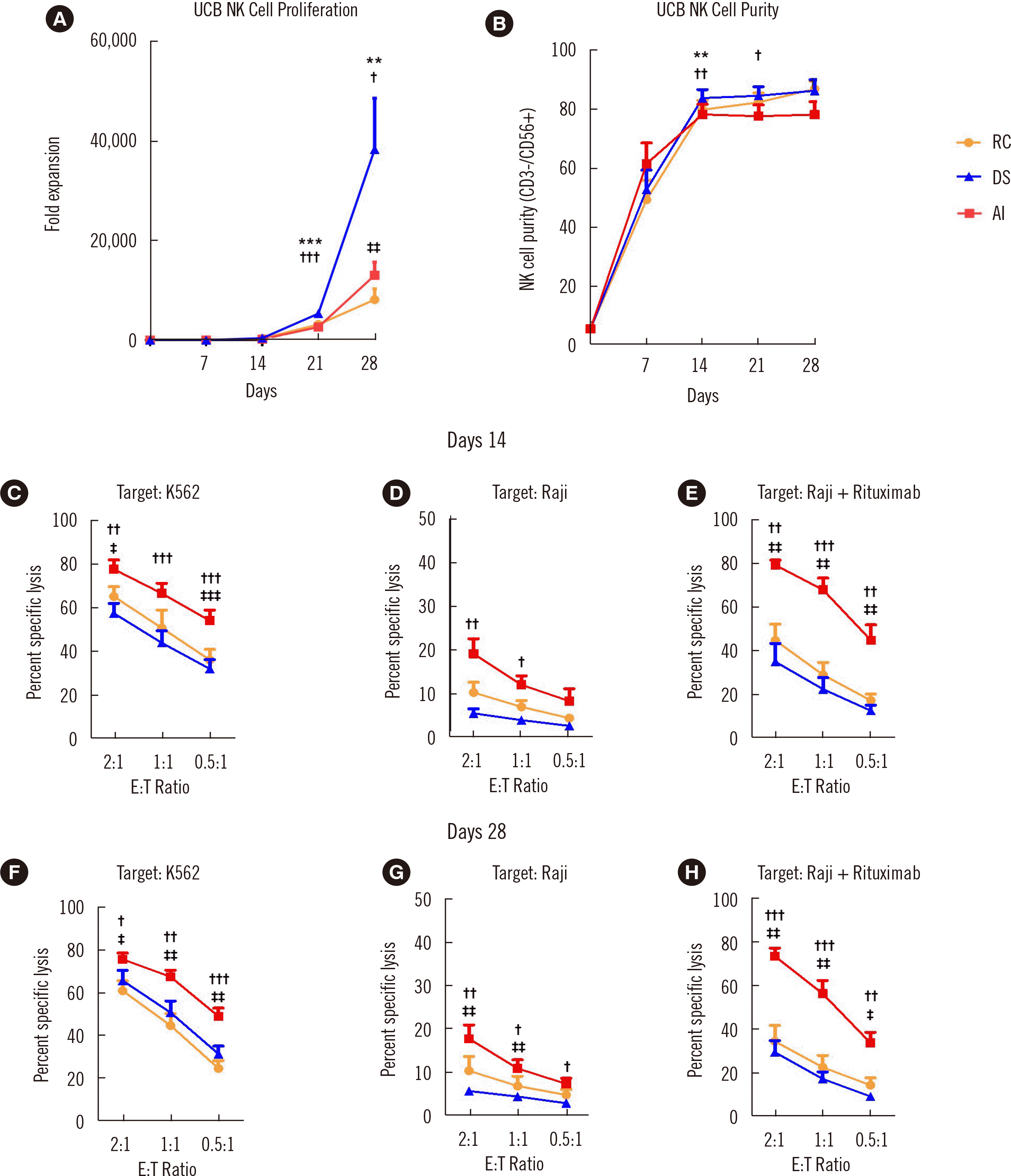
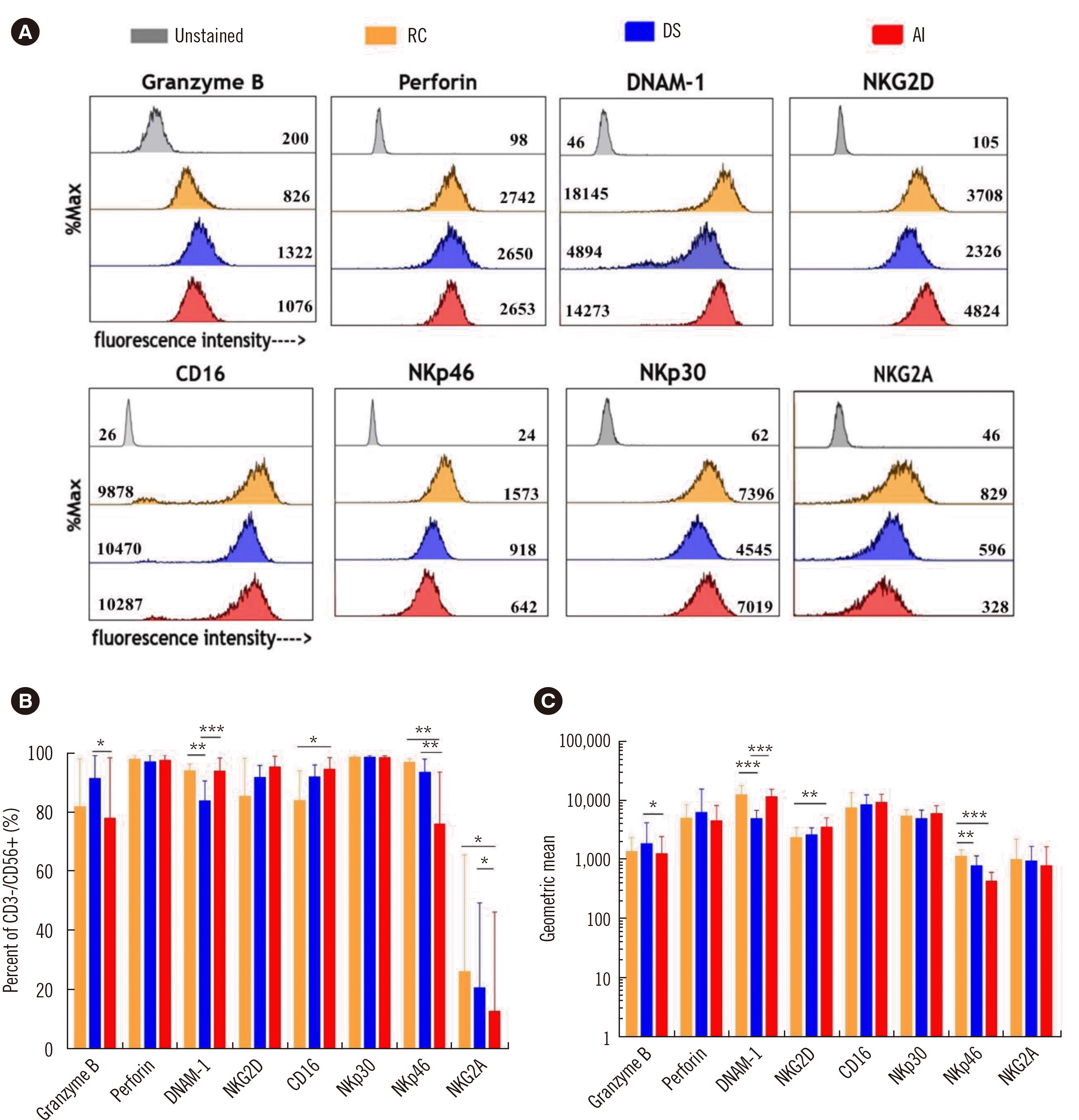
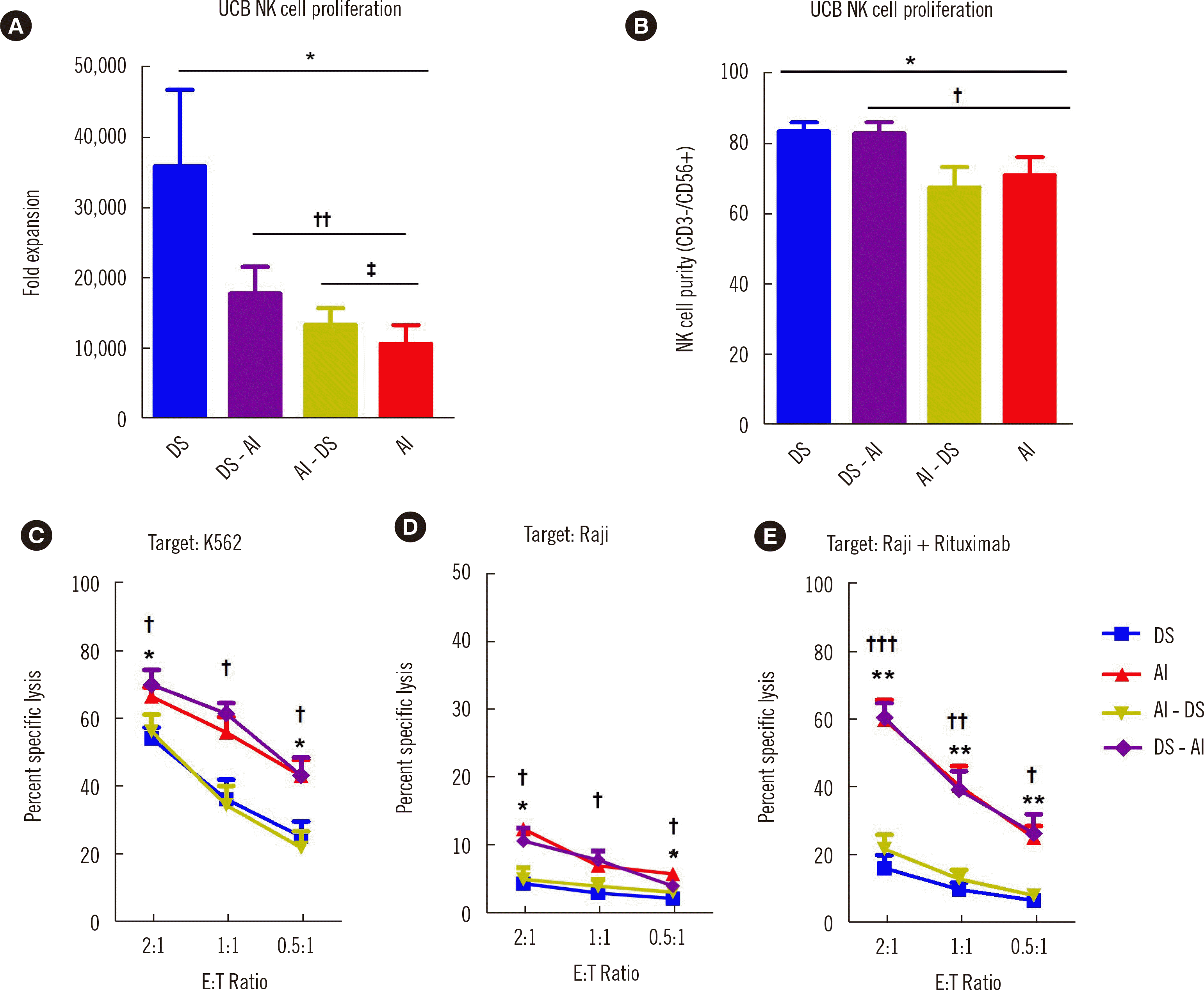
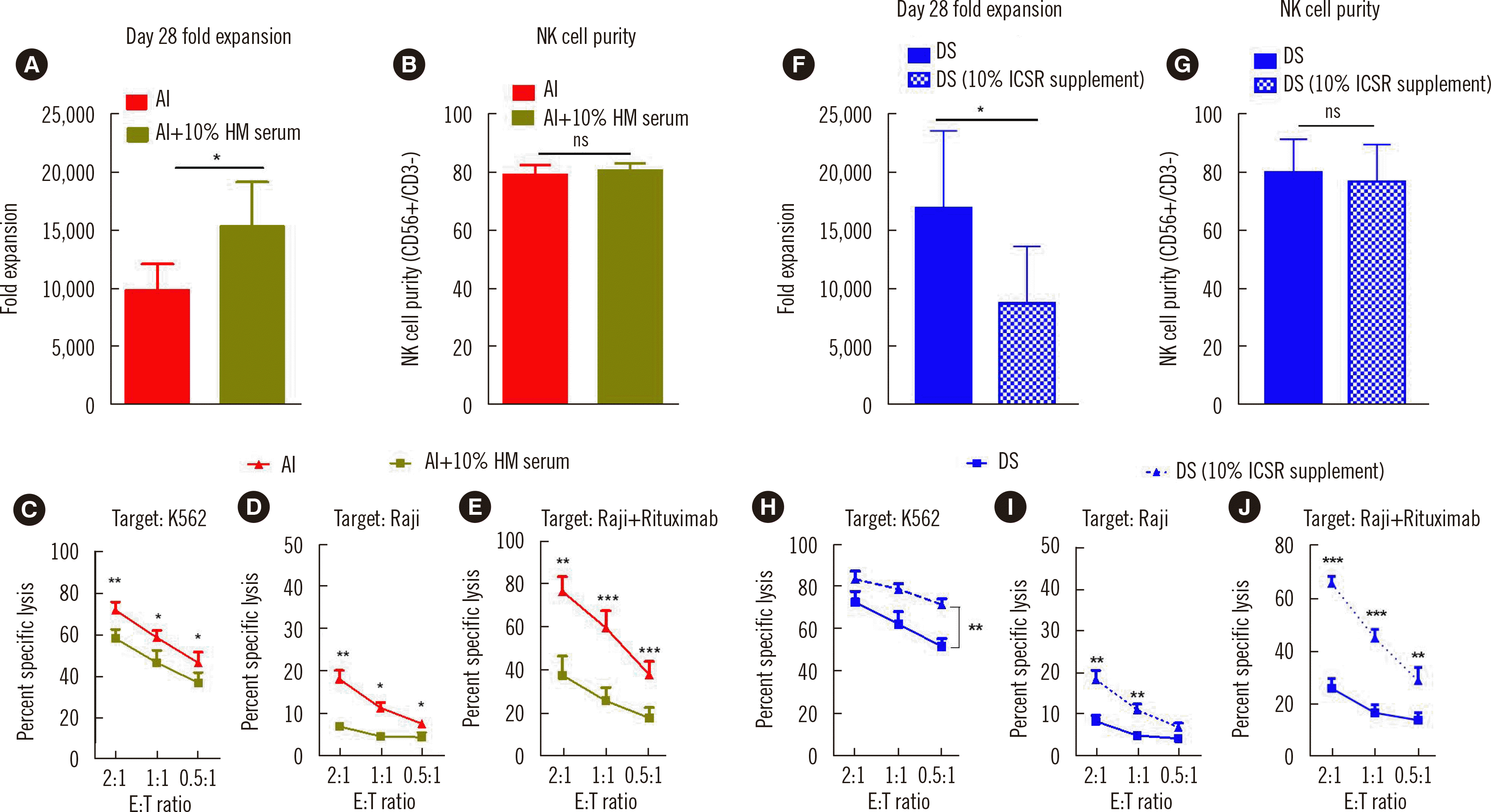
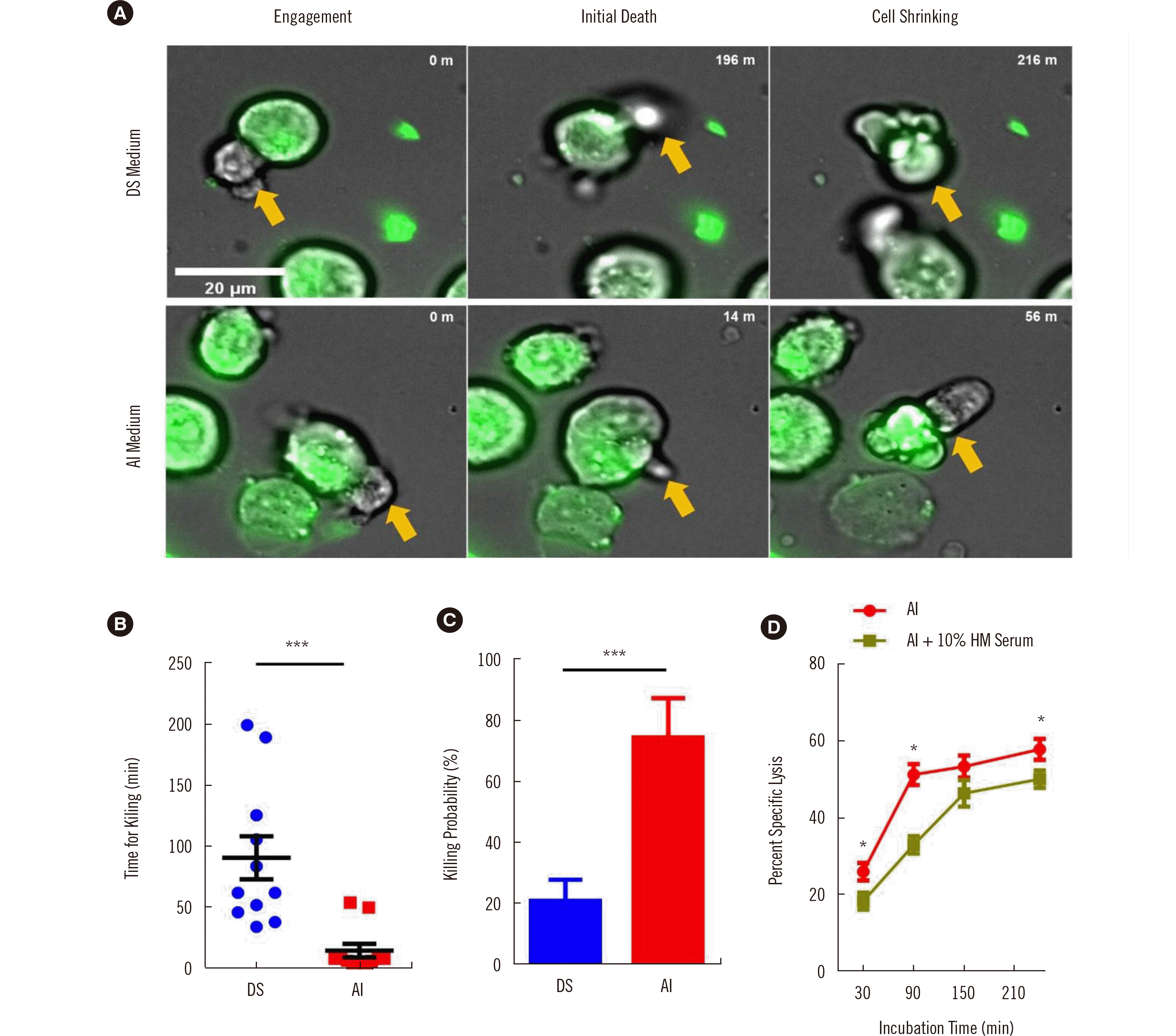




 PDF
PDF Citation
Citation Print
Print




 XML Download
XML Download